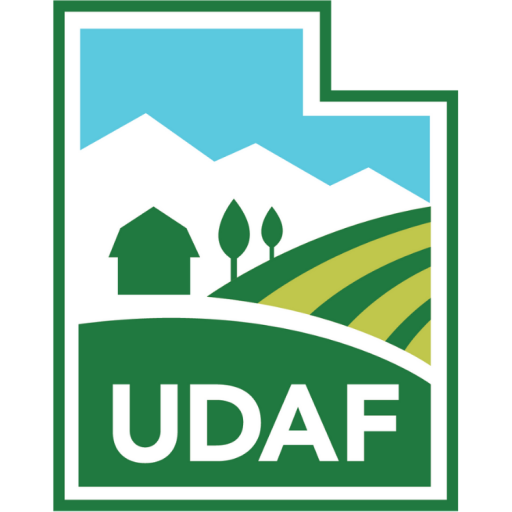As expanding agricultural and food processing infrastructure is a priority of the Utah Department of Agriculture and Food (UDAF), we are pleased to learn that Utah will soon be home to the nation’s only commercial wool testing laboratory — Wasatch Wool Laboratories, a new wool testing laboratory based in Midvale, Utah.
Reliable laboratory testing is critical to the success and marketability of local wool production. Adding this infrastructure to Utah will be a boon to Utah’s wool industry, making Utah the nation’s epicenter of wool testing. Since the closing of Colorado’s Yocom-Mcoll Testing Laboratories, wool producers nationwide were required to send samples overseas for commercial testing, primarily to facilities located in New Zealand, Australia and South Africa.
“One of the Department of Agriculture’s priorities right now is developing agricultural and food processing infrastructure. It’s important for us to support all aspects of infrastructure that assist our producers in preparing their products to be marketed to the public.” — UDAF Commissioner Craig W Buttars. Utah is the fourth largest producer of wool in the nation, shearing 2,140,000 lbs in 2019 alone — about 10% of the nation’s total wool production.
“The Utah Wool Growers Association is excited about the prospect of having supportive infrastructure for the wool industry in Utah. Adding this will allow us to take an environmentally friendly product and make it even more sustainable by reducing the product’s carbon footprint by not having to send it overseas for testing. Each class of wool is excellent for something specific; there are different uses for different products. Wool testing allows you to target your sales to specific audiences, for example coarse wool for outer layers and fine wool for luxury goods.” — Sierra Nelson, Executive Director of the Utah Wool Growers Association.
“One of the things we’re doing is affirming the sheep industry’s presence in Utah. Wool from across the nation will come through this new testing facility. Having a testing lab creates emerging markets for wool to be established in Utah.” — Alberty Wilde, a 6th generation Utah rancher and partner with GRIP6, a local manufacturer, in Wasatch Wool Labs.
To learn more about the Utah Department of Agriculture and Food’s ongoing economic development initiatives contact Linda Clark Gillmor at lgillmor@utah.gov.
For more information about Wasatch Wool Labs, email admin@wasatchwoollabs.com or join their open house Thursday, April 8, at 12:30 pm at 7037 Hightech Dr. Midvale, UT 84047.
_











